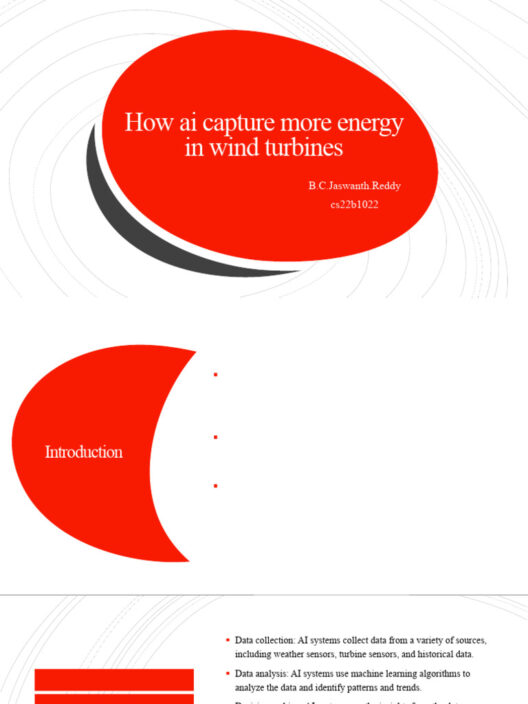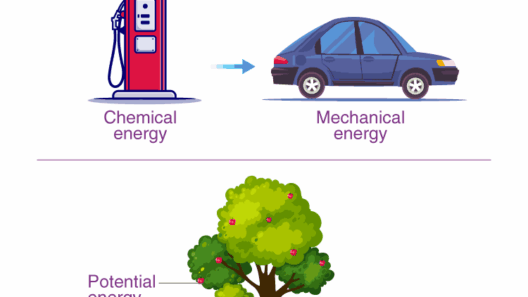The modern world thrives on energy; it pulses through cities and whispers in the corridors of technology. Yet, this incessant demand robs the Earth of its vitality. Energy conservation emerges as a powerful antidote, a salve for our beleaguered environment. Picture the Earth as a vast, intricate tapestry of life, delicately woven together. Every thread represents the intricate balance of ecosystems, reliant on energy—not just in terms of electricity, but the life-giving forces that sustain biodiversity and climate stability. This article delves into the extraordinary ways in which energy conservation can protect our planet, revealing how even small changes in our energy consumption can have amplifying effects on the environment.
Conserving energy is akin to tending to a garden: every thoughtful act has the potential to yield a bountiful harvest. Reducing energy use contributes to a plethora of environmental benefits, primarily by lessening greenhouse gas emissions and diminishing resource depletion.
Decreasing our reliance on energy is a multi-faceted endeavor with impacts that ripple through numerous aspects of the natural world. This discussion will navigate through some of the most vital facets of energy conservation—air quality, habitat preservation, and climate resilience—illustrating how each layer interacts with the broader environmental context.
The Breath of Fresh Air: Improve Air Quality Through Energy Conservation
Imagine the atmosphere as a fragile veil enveloping our planet, one that preserves life while providing a shield from the cosmos. Multiple studies have demonstrated that energy consumption and air quality are intimately connected. The burning of fossil fuels for electricity generation or transportation releases a medley of pollutants including carbon dioxide, sulfur dioxide, and particulate matter, each of which contributes to the deterioration of air quality.
By conserving energy, one can drastically reduce the quantity of these harmful emissions. Every kilowatt-hour saved translates to fewer pollutants entering the atmosphere. This reality paints a brighter picture: improved air quality leads directly to enhanced human health, particularly for vulnerable populations such as children and the elderly. The less polluted our air becomes, the easier it is for us to breathe—and for wildlife to thrive.
Moreover, fostering energy conservation does not merely improve air quality on the urban front; it also revitalizes rural areas. As cities transition towards renewable energy sources and energy efficiency, we witness a simultaneous decline in the environmental degradation that often plagues remote landscapes.
The Natural Fortress: Habitat Preservation and Wildlife Protection
As we delve deeper into the relationship between energy conservation and environmental protection, one cannot overlook the role of wildlife and natural habitats. Picture a cathedral of trees: a sanctuary for countless species. Unfortunately, many of these habitats are crumbling, not through erratic tempests, but rather through the insatiable appetite for energy.
Energy extraction activities, such as coal mining or oil drilling, wreak havoc on previously untouched landscapes. Such ventures lead to deforestation, loss of biodiversity, and fragmentation of habitats. By choosing to conserve energy, we take a clear stance against habitat destruction, preserving these verdant spaces for the myriad creatures that depend on them. This act of conservation embodies a pact with the planet—a promise to protect interconnected ecosystems that span mountains and valleys.
Each time individuals opt for energy-efficient appliances, utilize public transport, or reduce unnecessary heating or cooling, they contribute to a conservation ethic that extends to the natural world. The waves of impact are manifold: lower energy demand translates to reduced resource exploitation, less habitat encroachment, and ultimately, a more robust wildlife population.
Resilience Built on Sustainability: Advocating for Climate Stability
The most insidious consequence of heightened energy consumption is climate change, a looming specter that threatens the very fabric of our existence. Envision climate change as a relentless tide, slowly engulfing coastal towns and altering weather patterns into chaotic fits. Energy conservation is pivotal in thwarting this tide, serving both as a comprehensive strategy and a moral imperative.
By lessening energy usage, society collectively reduces greenhouse gas emissions, a significant contributor to climate change. In practical terms, this translates into a lower carbon footprint. The benefits resonate outward: as more individuals commit to energy conservation, a cultural paradigm shift occurs, embracing sustainable practices that foster resilience within communities.
The implications of this shift extend beyond individual actions. When businesses adopt energy-efficient policies and governments incentivize renewable energy investment, the cumulative effect can lead to significant reductions in national and global emissions. From constructing green buildings to integrating smart grid technology, the commitment to energy conservation lays the groundwork for a sustainable future.
In conclusion, the tapestry of our environment is only as strong as the threads of our energy practices. By weaving conservation into the fabric of daily life, we not only preserve the vibrant hues of nature but also foster a healthier, more sustainable future. The steps we take today, however small, create a crescendo of change, resonating far beyond our immediate surroundings. It is through energy conservation that we can reclaim our planet—a sanctuary where nature thrives, air is pure, and communities flourish in harmony with the Earth.







